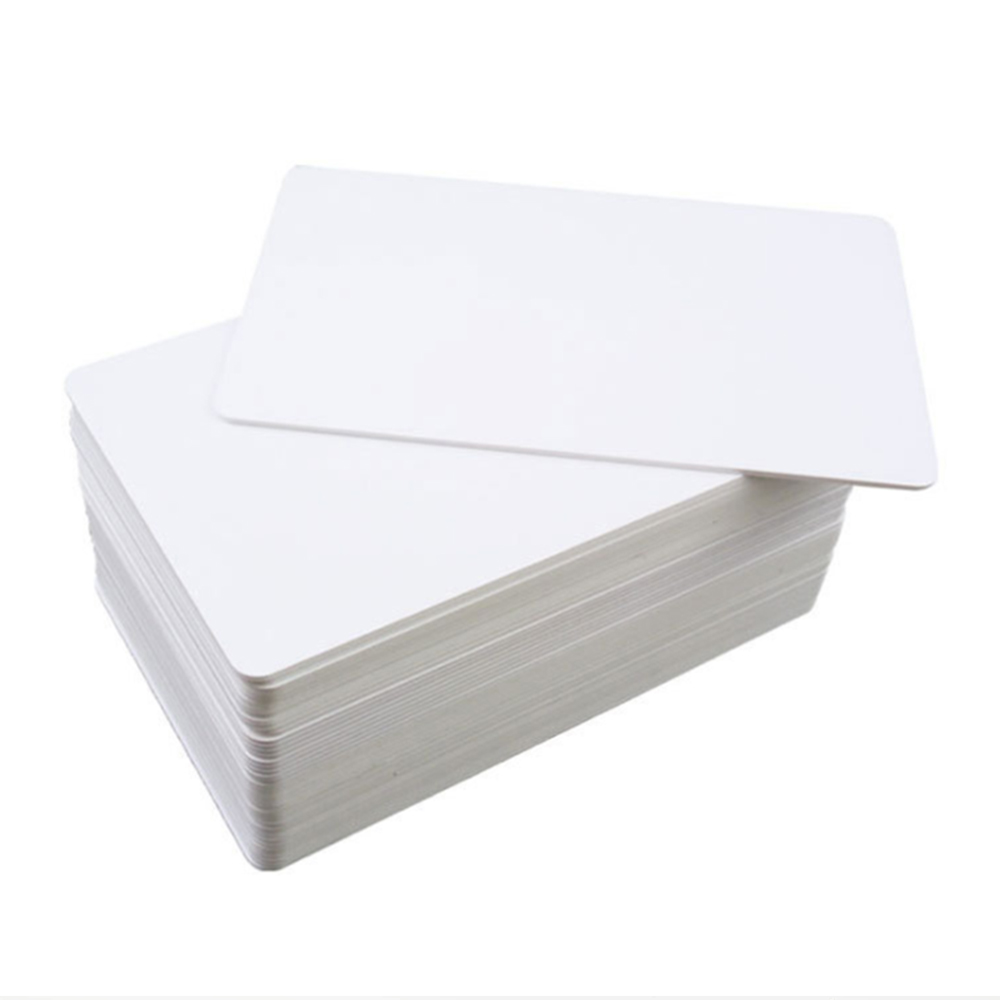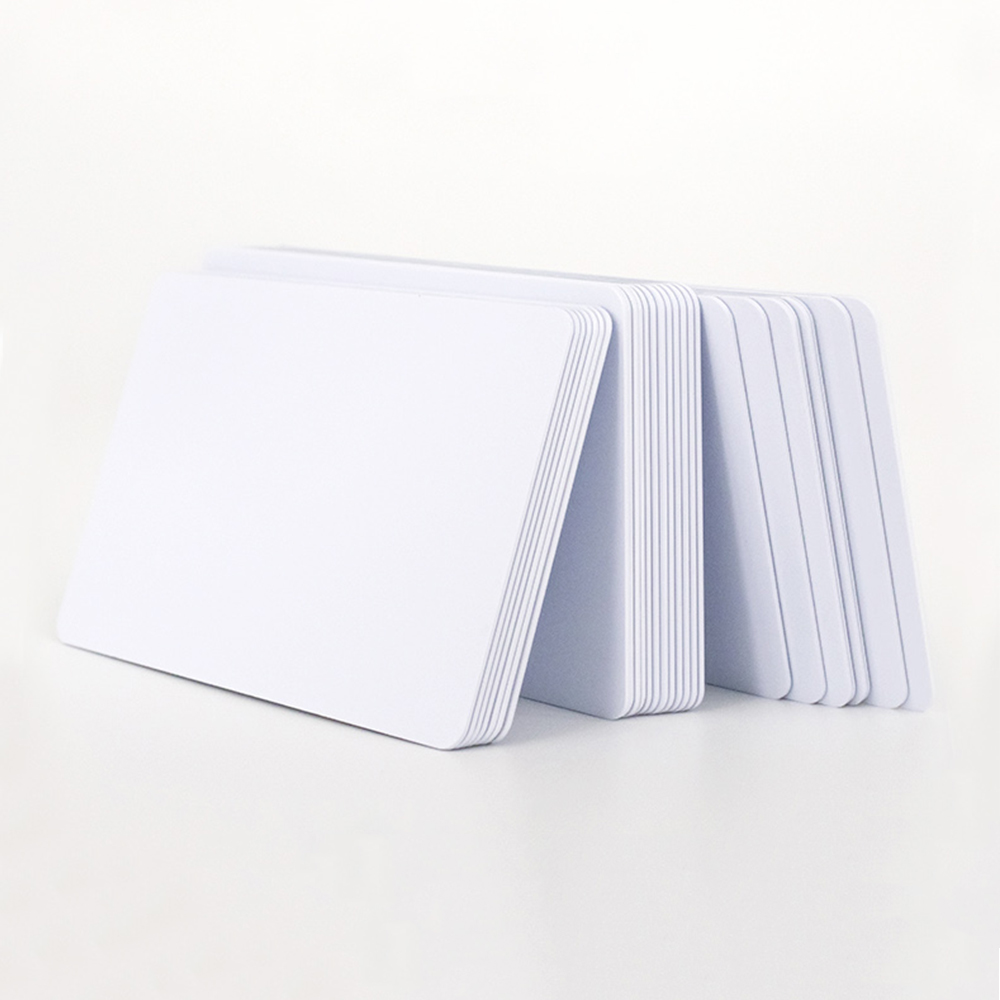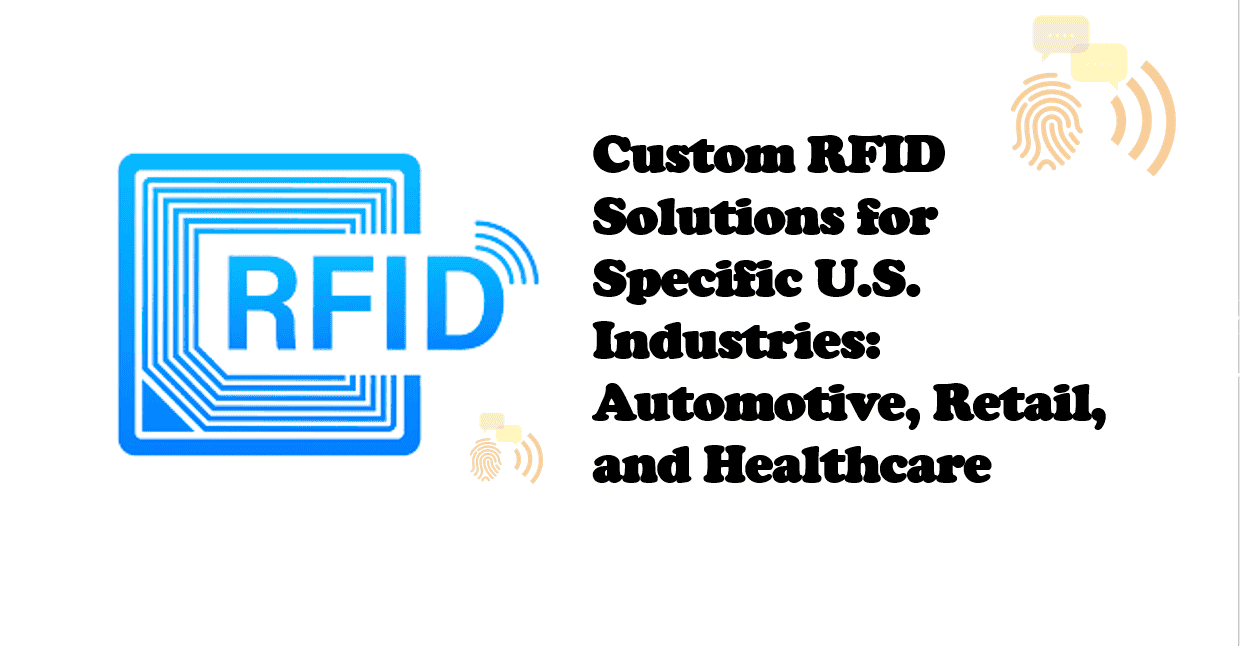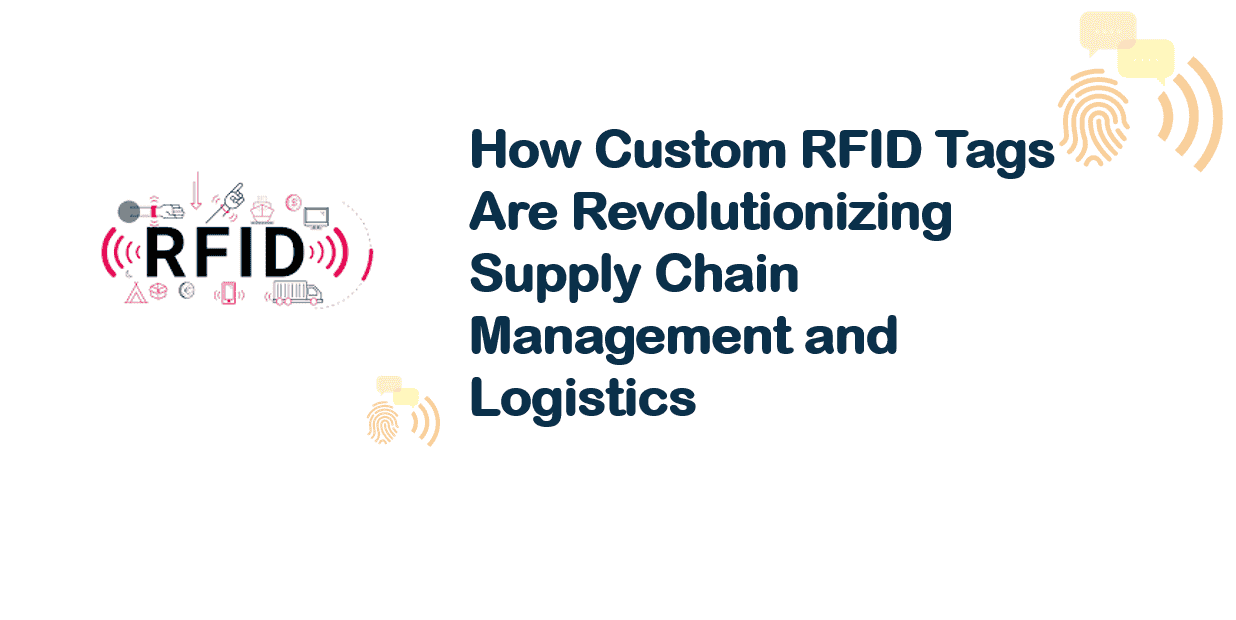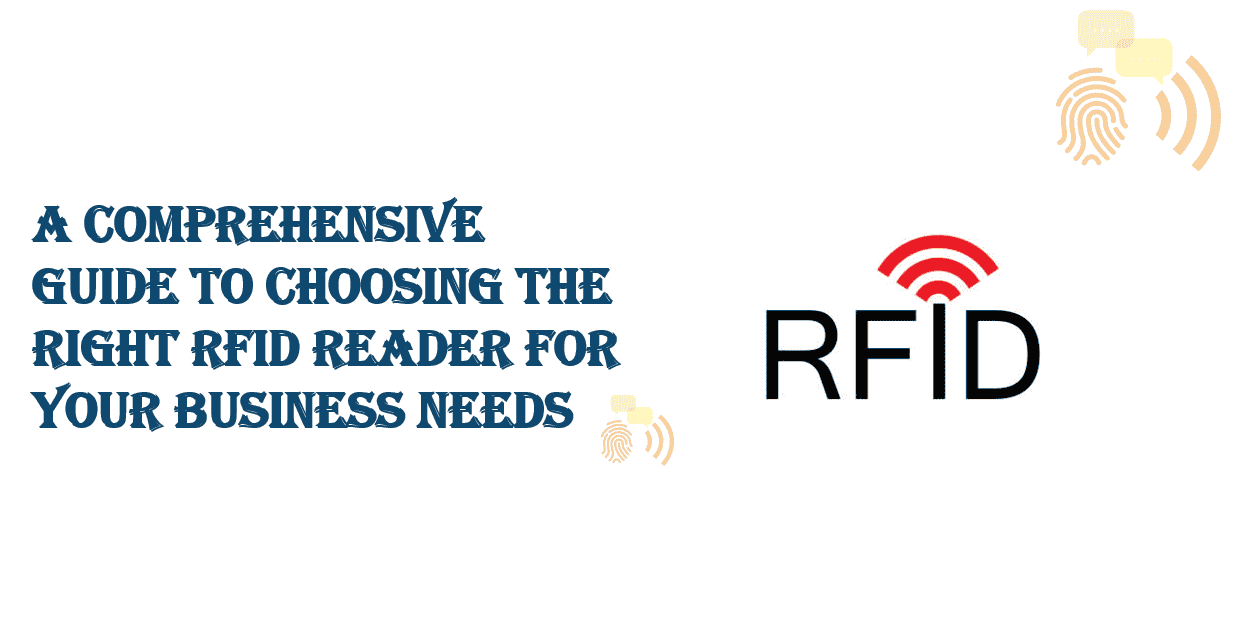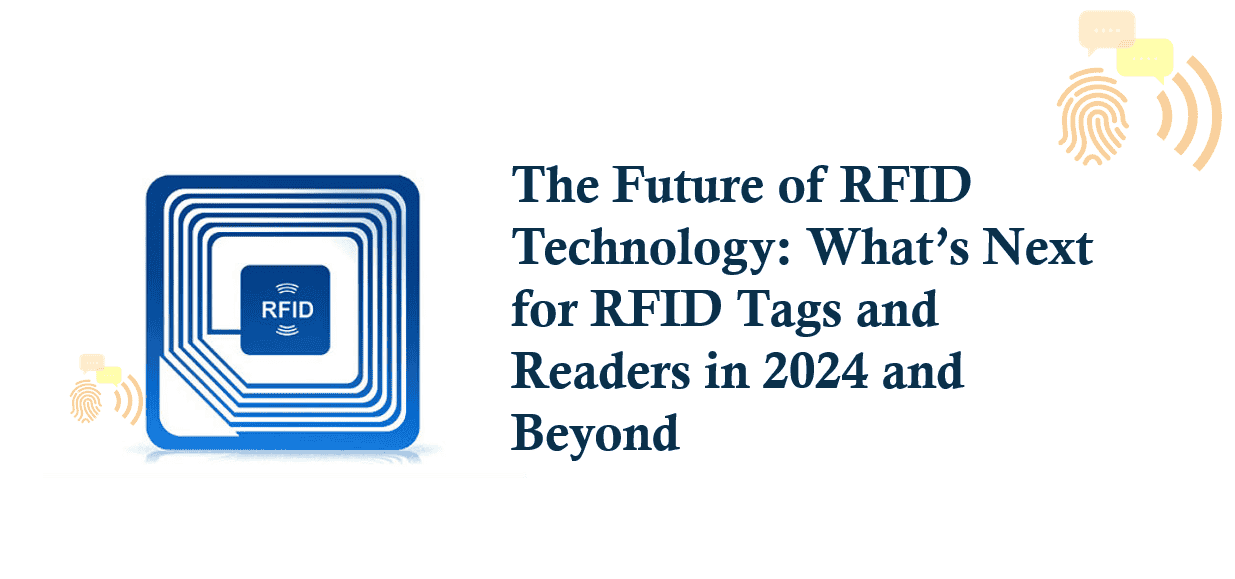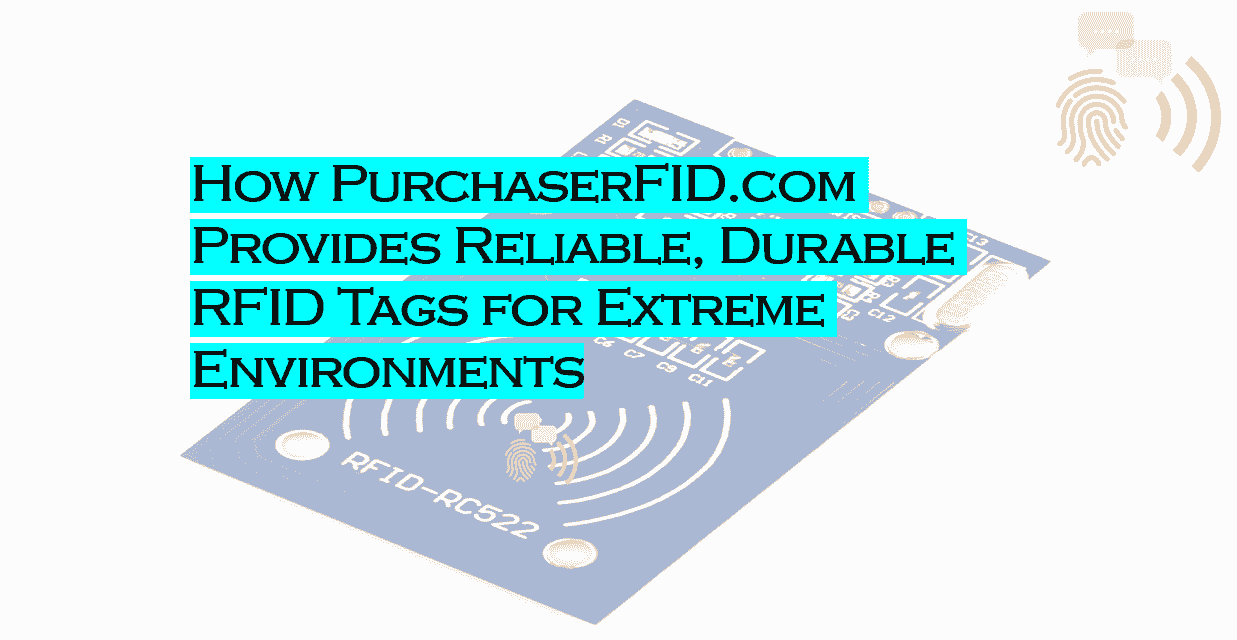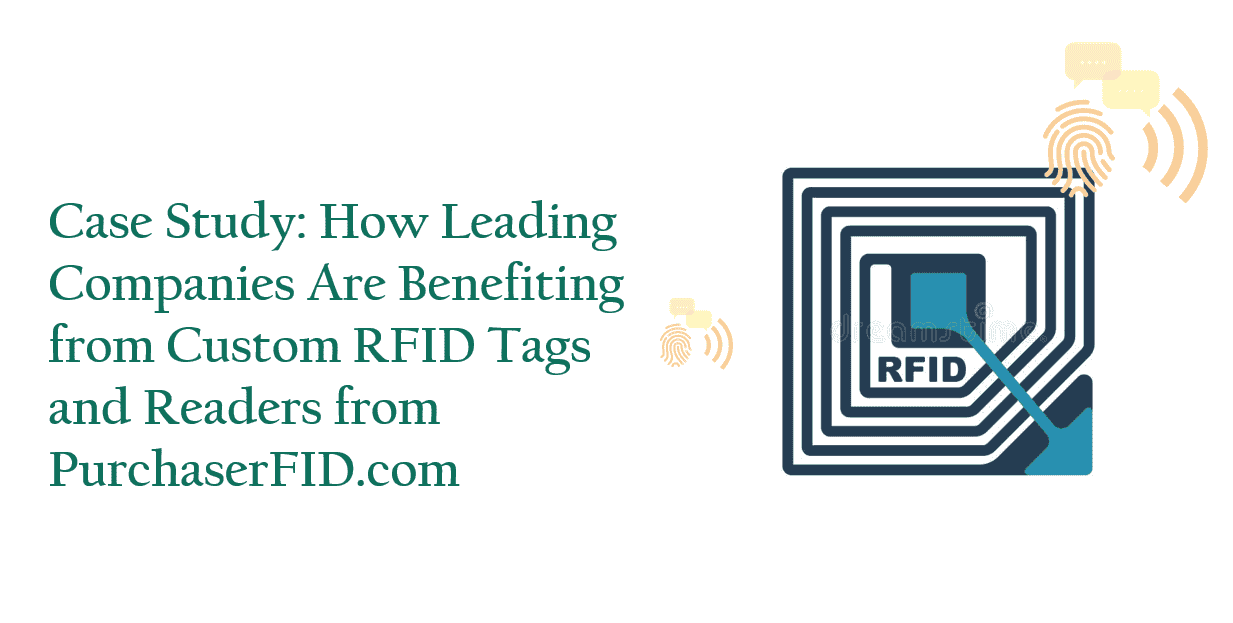Integrating RFID in Your Business- A Step-by-Step Guide
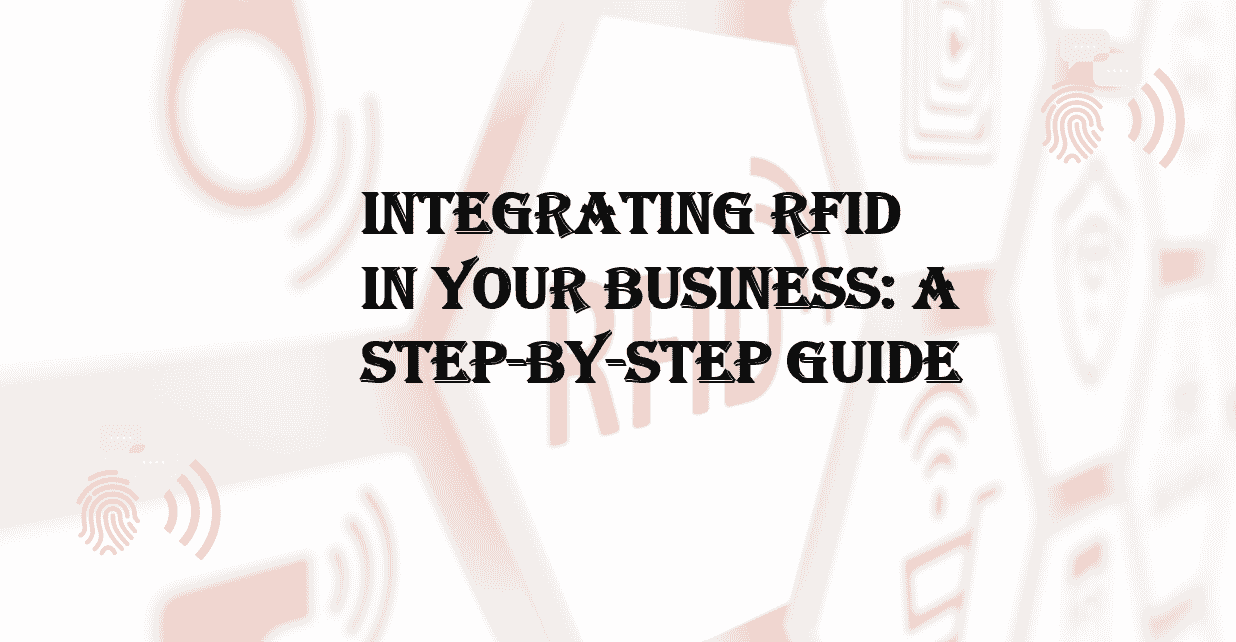
Integrating RFID in Your Business: A Step-by-Step Guide
In today’s fast-paced business world, efficiency, accuracy, and security are more important than ever. Radio Frequency Identification (RFID) technology has proven to be a game-changer for many industries by enabling businesses to track assets, streamline operations, and enhance security. However, the successful integration of RFID into a business requires careful planning and execution. In this step-by-step guide, we will explore the process of RFID integration, providing a comprehensive RFID installation guide for businesses looking to implement RFID.
Table of Contents
- Introduction
- Step 1: Identify Your Business Needs
- Step 2: Select the Right RFID System
- Step 3: Plan the RFID Installation
- Step 4: Train Your Staff
- Step 5: Test the System
- Step 6: Full-Scale Implementation
- Step 7: Monitor and Optimize the System
- Conclusion
What is RFID and Why Should You Integrate It?
RFID stands for Radio Frequency Identification. It is a technology that uses electromagnetic fields to automatically identify and track tags attached to objects. An RFID system consists of three main components:
- RFID Tags: These are small devices that contain data and are attached to items.
- RFID Readers: These devices read the information stored on the tags via radio waves.
- Middleware: Software that helps manage and process the data captured by the RFID readers.
Integrating RFID into your business can bring significant advantages, including enhanced inventory management, improved asset tracking, reduced human error, and better data visibility. Implementing RFID in business helps automate processes, saving time and resources, while providing real-time insights.
Step 1: Identify Your Business Needs
Before jumping into RFID integration, it’s crucial to assess your business’s specific needs and challenges. Consider the following:
- Inventory Management: Are you struggling with manual stock counts or inaccuracies in inventory tracking?
- Asset Tracking: Do you need to monitor the location of valuable equipment or tools?
- Supply Chain Management: Are delays or inefficiencies in tracking goods in your supply chain affecting your operations?
Answering these questions will guide you in determining the best RFID solution for your business. RFID can be customized to fit various needs, from tracking assets in warehouses to improving logistics in the supply chain.
Step 2: Select the Right RFID System
The next step in implementing RFID in business is selecting the right system that aligns with your objectives. RFID systems come in various types, and choosing the one that best suits your needs is crucial.
- Passive RFID: These tags do not require batteries and are activated by the reader's signal. They are cost-effective and suitable for tracking products over a shorter range.
- Active RFID: These tags have their own power source and can transmit signals over longer distances. Active RFID is ideal for tracking high-value assets or items that need to be located over a large area.
- Semi-Passive RFID: These tags have a battery but are activated by the reader's signal. They offer a longer read range than passive tags.
Additionally, you will need to choose the right RFID readers, which come in handheld, fixed, and mobile versions. The type of reader you select depends on the environment in which it will be used, the range of reading required, and the volume of items you need to track.
Step 3: Plan the RFID Installation
Proper planning is critical to the success of your RFID installation guide. This phase includes:
- Site Assessment: Analyze your business environment to understand where RFID readers will be placed and how they will interact with the tagged items. For example, in a warehouse setting, you may need multiple readers placed strategically at key points (entry/exit, shelves, etc.).
- Tag Placement: Identify where you will attach RFID tags to your products or assets. Consider how the tag's size, durability, and readability will affect your choice.
- Infrastructure Readiness: Ensure your business infrastructure supports RFID, including network connectivity for transmitting data from RFID readers to your central system. You may need to upgrade certain components of your IT infrastructure to integrate RFID seamlessly.
Step 4: Train Your Staff
Training your employees is a crucial part of RFID integration. The technology is powerful, but it is only effective if your team knows how to use it properly. Provide training on:
- How RFID readers and tags work
- Proper handling and placement of RFID tags
- Using RFID software to monitor inventory and assets
- Troubleshooting common RFID issues
Having a knowledgeable team will ensure that your RFID system operates smoothly and minimizes errors during the transition.
Step 5: Test the System
Once the hardware is installed, it’s time for testing. Start by conducting a pilot test in a controlled environment. This will allow you to troubleshoot potential issues and make adjustments before rolling the system out across your entire operation.
Testing should cover:
- Tag Readability: Ensure that tags are being read correctly and at the appropriate range.
- Data Accuracy: Verify that the data collected by the RFID readers matches the physical inventory or asset records.
- System Integration: Check if the RFID data integrates smoothly with your existing business software, such as enterprise resource planning (ERP) or warehouse management systems (WMS).
By identifying and fixing any problems during the testing phase, you can avoid disruptions when the system is fully implemented.
Step 6: Full-Scale Implementation
Once you’ve completed the testing phase and are satisfied with the system’s performance, it’s time to deploy RFID on a full scale across your business. This may involve rolling out RFID technology across different departments, locations, or branches.
During full-scale implementation, ensure that:
- All inventory and assets are tagged: Be sure that each product or asset in your business is properly tagged with an RFID tag for consistent tracking.
- Readers are properly installed: Ensure that RFID readers are positioned to cover all critical areas.
- Employees are continuously trained: RFID systems may evolve over time, so continuous training and updates are necessary to keep your staff on track.
Step 7: Monitor and Optimize the System
After your RFID system is up and running, continuous monitoring is essential. Use the data captured by RFID to gain insights into your business operations. Track inventory levels, asset utilization, and supply chain performance to identify areas for improvement.
Regularly review your RFID system's performance and make necessary adjustments. This could include upgrading software, recalibrating readers, or adding more RFID tags to areas that need better coverage.
Conclusion
Integrating RFID into your business is a powerful way to streamline operations, increase efficiency, and improve asset management. By following this RFID installation guide, you can ensure a smooth and successful implementation of RFID technology in your organization. Remember, careful planning, the right choice of system, and proper training are key to achieving the full benefits of RFID integration. Whether you’re tracking inventory, assets, or personnel, RFID can be a valuable tool in optimizing your business operations for the future.
Related Products
Here are some relevant stats and facts you can incorporate into the article about integrating RFID in business:
-
RFID Market Growth:
The global RFID market size is expected to reach $40.8 billion by 2026, growing at a compound annual growth rate (CAGR) of 14.7% from 2019 to 2026. This highlights the increasing adoption of RFID technology across industries like retail, logistics, healthcare, and manufacturing. (Source: MarketsandMarkets) -
Inventory Accuracy:
Retailers who use RFID for inventory management report up to a 99% inventory accuracy rate, significantly reducing stockouts and overstocking issues. This improves customer satisfaction and operational efficiency. (Source: GS1) -
Cost Savings:
A study by the RFID Journal found that companies that implement RFID technology have saved between 10% and 30% on supply chain costs by reducing human error, enhancing inventory visibility, and improving operational efficiency. -
Faster Processing Times:
Businesses using RFID have reported 50% to 80% faster processing times for inventory tracking and asset management, leading to quicker turnaround and improved supply chain speed. (Source: Zebra Technologies) -
Improved Asset Tracking:
RFID helps companies track their assets in real time, reducing the risk of asset loss. According to a report by Impinj, businesses that implement RFID for asset management have seen a 25% to 30% reduction in asset loss. -
Labor Efficiency:
RFID-enabled systems can reduce manual labor by up to 70% when it comes to inventory tracking and stocktaking. This results in fewer labor costs and more time for employees to focus on value-added tasks. (Source: SML Group) -
Retail Use of RFID:
Over 60% of global retailers have adopted RFID technology for inventory management and supply chain operations. Major brands like Walmart and Zara use RFID to manage millions of items across their stores and warehouses. (Source: Accenture) -
Improved Customer Experience:
RFID can help improve customer experience by enabling real-time tracking of items, leading to faster shipping and fulfillment times. Companies using RFID for inventory and order fulfillment can cut delivery time by as much as 30%. (Source: Intel) -
Healthcare Industry Impact:
RFID is transforming the healthcare industry. A study by AIDC 360 reported that RFID solutions have led to a 30% reduction in medication errors and a 25% increase in the accuracy of patient tracking in hospitals. -
Environmental Benefits:
Implementing RFID reduces the need for paper-based inventory tracking, contributing to sustainability. Companies like IKEA have adopted RFID to help reduce their carbon footprint by improving their supply chain efficiency and cutting down on waste.
